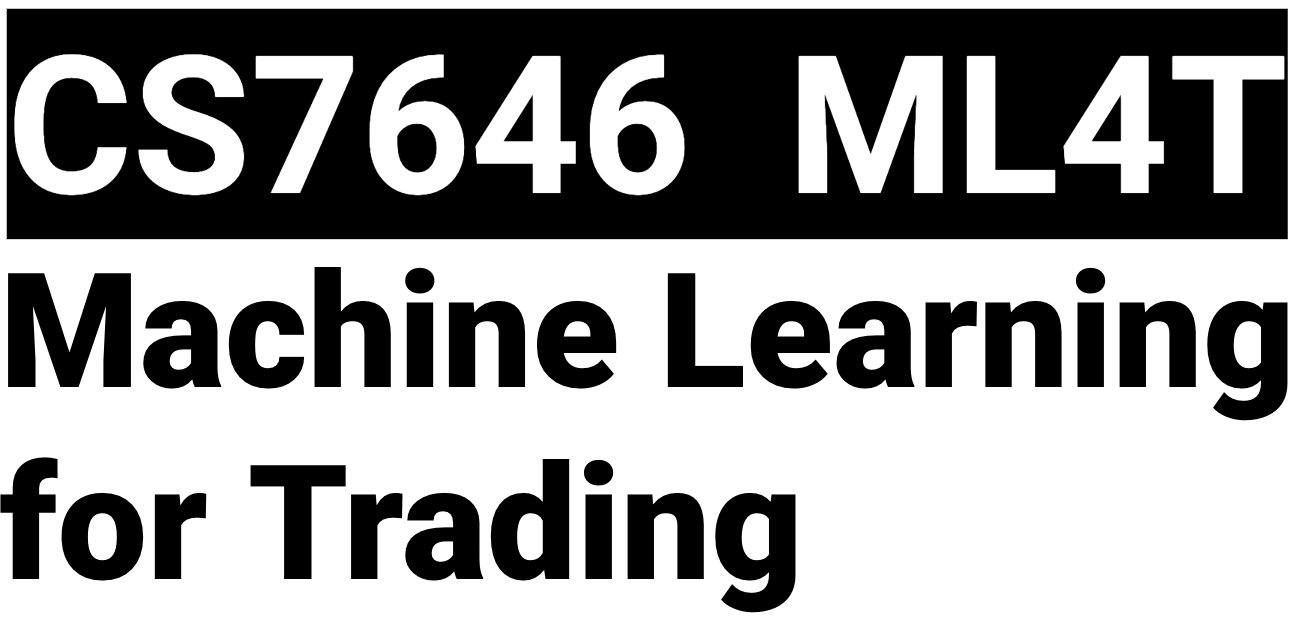Project 8: Strategy Evaluation
StrategyLearner.py
- class
StrategyLearner.StrategyLearner(verbose=False, impact=0.0, commission=0.0) -
A strategy learner that can learn a trading policy using the same indicators used in ManualStrategy.
- Parameters
-
- verbose (bool) – If “verbose” is True, your code can print out information for debugging.
If verbose = False your code should not generate ANY output. - impact (float) – The market impact of each transaction, defaults to 0.0
- commission (float) – The commission amount charged, defaults to 0.0
- verbose (bool) – If “verbose” is True, your code can print out information for debugging.
add_evidence(symbol=’IBM’, sd=datetime.datetime(2008, 1, 1, 0, 0), ed=datetime.datetime(2009, 1, 1, 0, 0), sv=10000)-
Trains your strategy learner over a given time frame.
- Parameters
-
- symbol (str) – The stock symbol to train on
- sd (datetime) – A datetime object that represents the start date, defaults to 1/1/2008
- ed (datetime) – A datetime object that represents the end date, defaults to 1/1/2009
- sv (int) – The starting value of the portfolio
testPolicy(symbol=’IBM’, sd=datetime.datetime(2009, 1, 1, 0, 0), ed=datetime.datetime(2010, 1, 1, 0, 0), sv=10000)-
Tests your learner using data outside of the training data
- Parameters
-
- symbol (str) – The stock symbol that you trained on on
- sd (datetime) – A datetime object that represents the start date, defaults to 1/1/2008
- ed (datetime) – A datetime object that represents the end date, defaults to 1/1/2009
- sv (int) – The starting value of the portfolio
- Returns
- A DataFrame with values representing trades for each day. Legal values are +1000.0 indicating
a BUY of 1000 shares, -1000.0 indicating a SELL of 1000 shares, and 0.0 indicating NOTHING.
Values of +2000 and -2000 for trades are also legal when switching from long to short or short to
long so long as net holdings are constrained to -1000, 0, and 1000. - Return type
-
pandas.DataFrame
